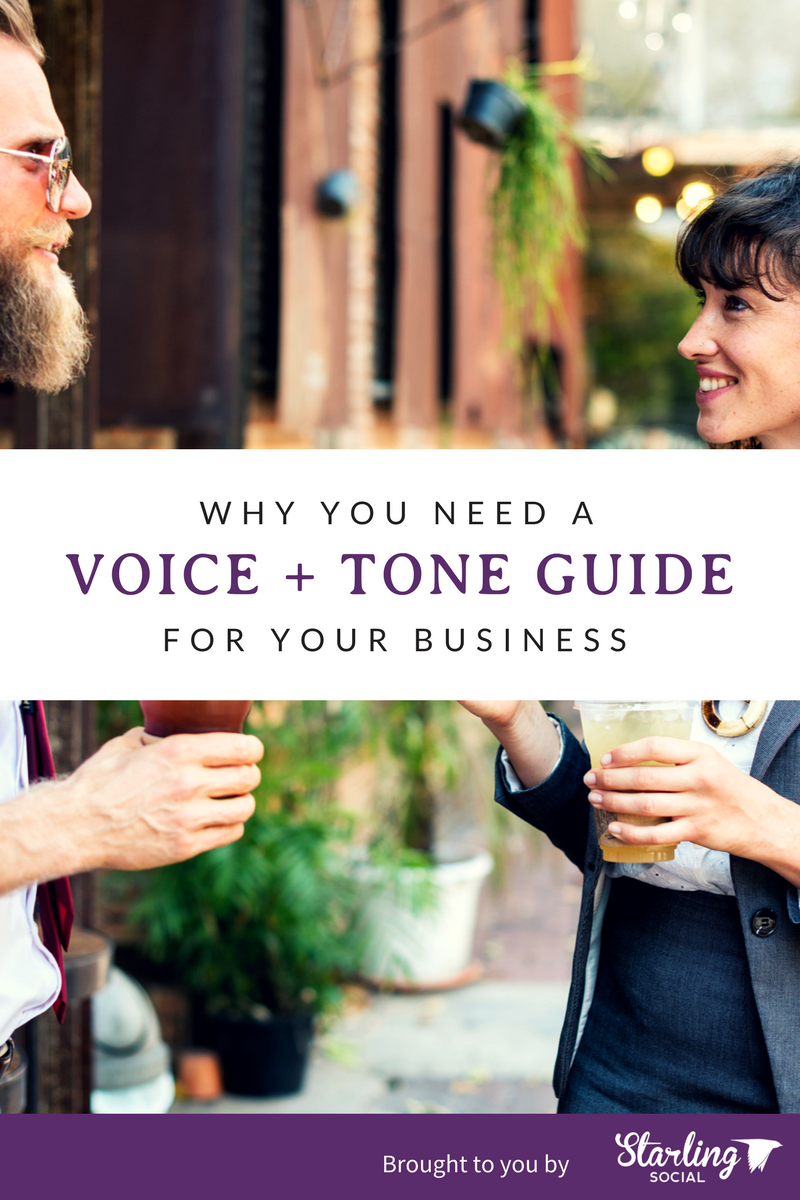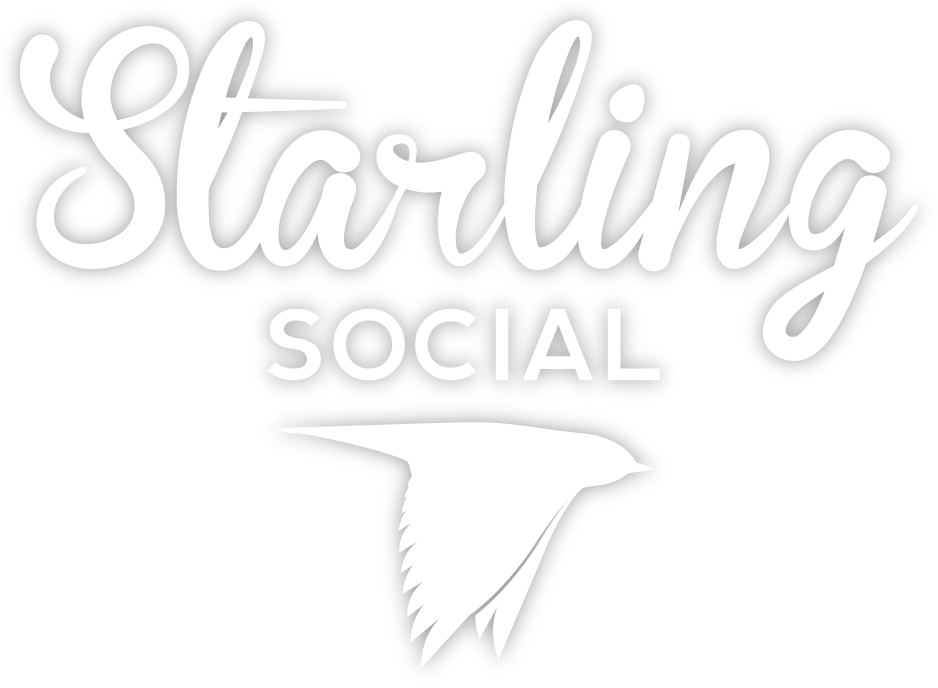Tagged: copywriting
Attract + Convert B2B Prospects With a Killer Content Case
- by Alyson Shane
Whether you’re a B2B startup, franchise, consulting agency or full-fledged enterprise business, your online content game is what marks your place as a unique and authentic company, and helps convert those prospects into lifelong customers who believe and trust in your brand.
You can have an eye-catching headline, a lead that sparks interest, and values that people can get behind, but without content that builds a case for why your customers should care about what you have to offer, you won’t be converting nearly as many prospects as you might imagine. Remember: 96% of buyers who visit your site are not initially ready to purchase what you’re selling.
The best content cases are the ones where you’ve anticipated potential rejections and have taken preliminary steps to eliminated them from your conversations. Risk Reduction is the name of the game in an engaging content case.
Advantages of A Strong Content Case
This is where effective content marketing comes in: in order for your content to begin converting your prospects from the first point of contact, your marketing efforts need to be backed by personalized, data-driven content that speaks to their pain points.
In fact, 56% of marketers think that personalized content leads to higher engagement rates, according to an IBM Digital Experience Survey. The right content case and content strategy promotes genuine brand recall, helping your prospects remember your brand when making purchasing decisions.
Mastering how to develop a well-rounded and persuasive content case means that you’ll connect with leads naturally and positively, in a fashion that feels genuine to them. This starts with your web copy, and how readers and prospects interact with it.
Want to create a content case that works for your businesses unique client profile? Use these tips and tricks throughout your content marketing strategy to attract new leads, and convert prospects into sales:

1. Include Relevant Data
When you’re generating any long form content on your website, blog, or perhaps even your social media posts, find relevant data that backs up your assertions and claims. By including information that’s scientifically or mathematically sound, you’re showing readers that you have the answers they need, and that you truly care about the honesty behind your words.
2. Back-Up Your Points with a Respectable Third Party POV
You’re already a professional in your chosen industry, and work hard to share that knowledge honestly across your content. But as you’re developing a content case, sharing a similar recommendation or review from a third-party that your ideal client engages with regularly allows you to demonstrate your position amongst other leaders in your market.
For content marketers like us, we like to link to reliable resources like Marketo's blog, Buffer's blog, and other sources like Social Media Examiner, HubSpot, and Sprout Social to lend some gravitas to a point we're trying to make.
3. Display Social Proof + Testimonials
As you can see from the above points, social proof of your claims makes your content more accessible and valuable in the eyes of your prospects. You know that you’re amazing at what you do, but by tying in testimonials throughout your website and content, you’ll be solidifying your claims with social proof of your amazing-ness.
When asking previous clients or employers for a testimonial, guide them to focus on a certain area of your expertise to keep the testimonial concise and accurate. Other testimonial providers can cover other aspects of your services so that you’re equipped with a well-rounded display of expertise.
4. Keep Only the Essentials
This doesn’t mean that all of your copy needs to be quick and to the point, but rather, that any additional information you include in your web copy coincides with your original promise or claim.
Prospects want to know that the decision they're making by purchasing your product or service is right for them. Providing them with enough information ensures that every prospect can gauge your value-add based on the amount of information that they need to feel assured.
5. Remove the Risk
Removing the risk or providing a guarantee: whatever you want to call it, giving your prospects proof that you take responsibility for your claims provides them with a powerful reason to genuinely trust you. Whether you’re guaranteeing complete satisfaction or full refunds if your product or service doesn’t match your claims, your sales volume is bound to increase when take the weight of risk off of your prospect.
Keep an eye out for more blog posts to help you convert prospects, and make sure to sign up for our newsletter to get your copy of our free ebook Get Social! Content Marketing for You & Your Brand, chalked full with worksheets and questionnaires to help you master your brand and build a community!
Why You Need a Voice + Tone Guide for Your Business
- by Alyson Shane
Whether you’re a mom-and-pop shop or an enterprise-level organization, determining who you’re talking to and how you want to talk to them is essential for long-term success, sales, and growth. However, even the most established businesses can have a hard time figuring out how their written content should sound, never mind being able to nail it down perfectly every time.
How can you avoid this problem?
It’s simple: develop a Voice and Tone Guide for your brand. These documents should be foundational for your marketing department and social media managers, as they set the standards by which your copy and content should read, sound, and feel.
However, trying to determine all of these attributes can be a challenge, especially if you’re a busy business owner who doesn't know where to start. Today, we’ll explore some of the foundational elements of Voice + Tone Guides, why they matter, and how to build your own:

Finding Your Voice
The ‘Voice’ of your business refers to who you are throughout all of your written content.
As a business, your job is to sell yourself, literally. You’re selling your perspectives, your beliefs, and your passions, just as much as you’re selling your products and services. In fact, 96% of B2B buyers want content with more input from industry thought leaders, which means there’s a huge opportunity for businesses who spend the time to cultivate their brand’s voice and messaging.
Consistency is key when you’re cultivating your voice online, and a well-developed voice and tone guide will act as your go-to material when you’re in need of a refresher of your business’ cadence.
Who you are and the way you talk demonstrates your brand’s personality, which shouldn’t change day to day, in the same way that your own personal voice and personality doesn’t go through drastic changes when you wake up each morning.
‘Voice’ refers to who you are when we are speaking as your brand. Some example attributes include:
- Making decisions using well-researched data and statistics.
- An inclusive, positive, and supportive place to work.
- Forward-thinking, cutting edge.
- Tech-focused and lean.
… you get the picture. These qualities will vary depending on your brand, what you do, and the qualities you want to showcase in your content marketing copy.
Mastering Your Tone
Your ‘Tone’, on the other hand, is how you convey your Voice throughout your copy. This varies depending on your audience and each unique situation or piece of content you’re creating, and should sound different when writing for consumers (B2C) and for other businesses (B2B).
“Tone” allows you to share convey knowledge, industry insight, “value adds” of your products and services by relying on the characteristics outlined in your Voice document. Your Tone allows your brand to align your business with the needs of your ideal customer as they read your content.
Important: Your tone may differ as you’re sharing exciting news or speaking out on an issue the world is currently facing.
Examples of Tone include:
- Using words like “our friends” when referring to local companies.
- Conversational and personal; the content we share should always feel as though it’s coming directly from one of the founders.
- Sharing blog content which is reflective and personal and shows deep thought + insight into industry trends.
A solid Voice and Tone Guide also allows you to save time both when developing content internally, and as you work with outside freelancers and agencies, as well. Without a guide as to how they should be developing content for your business, freelancers are left to try and piece these elements together based on your existing copy to try and get a hold of your voice and tone.
As a result, this can lead to lackluster first drafts that don’t match your brand, which can create bottlenecks in the content creation and distribution process. By spending the time to develop easy to understand guide, your employees and contractors not only gain an understanding of your voice and tone, but of your audience and how to speak to their needs, as well.
Help Your Business Thrive With a Personalized Voice + Tone Guide
The key to nailing voice and tone for any business is staying consistently authentic. In the same way that people’s perceptions of you vary depending on the voice and tone you use as you speak out loud, the perception a reader has of your brand changes drastically based on the voice and tone you use in written content.
Having a Voice and Tone Guide helps you steer your content in the right direction right from the get-go. A well-developed guide allows you and your team to reference back to the foundation of your voice and tone, and modify based on the audience, platform, and type of content.
Think of your business’s voice and tone as it’s personality: do you think of your business as funny and casual, or professional and formal? What are the unique perspectives your brand can offer? What kind of impression do you want to make with people who engage with your content?
Additionally, think about the people who will be engaging with different kinds of content. For example, the CEO of a major organization won’t have the time to read a ton of in-depth copy about the benefits of your service, but a mid-level manager may have more time to sink their teeth into a PDF, case study, or white paper.
Conversely, if you’re a B2C business you’ll want to write different kinds of copy for different customers on different social platforms which takes age, household income, personal spending habits, and other key contributing factors into consideration. For instance, a Millennial with no kids who is entering the workforce out of university will respond to a different tone and calls-to-action (CTAs) than a Boomer single dad raising two kids on his own who had worked in the same office for several years.
What to Include In Your Voice + Tone Guide: a How-To
We've been working with Skaled, a tech and process-based sales consulting firm in New York City which helps organizations use the latest sales tech, tools, and processes scale to their highest potential, to deliver social and blog copy which is on-brand, capture their unique voices and perspectives, and highlights their position as ‘Thought Leaders’ within the modern sales landscape.
The team at Skaled knew that they wanted to be both professional and knowledgeable, but didn’t want to blend in with the status-quo of stuffy B2B business content that’s already available. Instead, they were in search of content that showcased that they were knowledgeable and cutting edge while being personable and easy to work with.
As we worked with their executive team to develop their Voice + Tone Guide, we identified key areas which needed to be included in order to create a useful, effective, and comprehensive guide that both teams can use and reference.
Some of the key components we developed included:
- A clear definition of their ideal ‘Voice’, including necessary attributes such as who they are, and how they want to position their business.
- A ‘Tone’ section which breaks down the necessary attributes outlined in the ‘Voice’ section in greater detail. Existing marketing materials, pitch decks, and other internal content is especially helpful here.
- A description of their ideal tone and listed attributes including everything from the importance of keywords to the type of positioning statement necessary at the start of long-form content.
- Examples of previous written content which aligns with the intended voice and tone.
- ‘Personas’ for various individuals for use when writing from multiple perspectives (this is especially helpful with blog content.) These should include areas of education, professional expertise, and personal qualities to highlight in “their” copy.
- The perspective of the company and a detailed outline of their Ideal Customer Profile (ICP) and Buyer Personas.
- A comprehensive list of industry terms and keywords that relate to your business to demonstrate that their company is operating at the “same level” as their B2B customers.
Not only has developing this document helped eliminate bottlenecks with content creation, approval, and distribution, but we've we've been able to ensure a high level of consistency across all of Skaled's social platforms, blog content, as well as newsletter and Gated Content material.
Having a dedicated document outlining your unique business's Voice and Tone, allows you and your creative team to dive deeper into your own brand, discovering key elements which may have gotten lost in the chaos of developing and running a business.
At Starling Social, we’re dedicated to sharing company stories through engaging copy and content. Have you sat down to develop your brand’s own voice + tone lately? We’d love to hear your strategy or tips, so make sure to tweet at us at @starling_social.
Want more insight and tools to help your brand stand out online? Download our free ebook Get Social! Content Marketing for You & Your Brand today.

